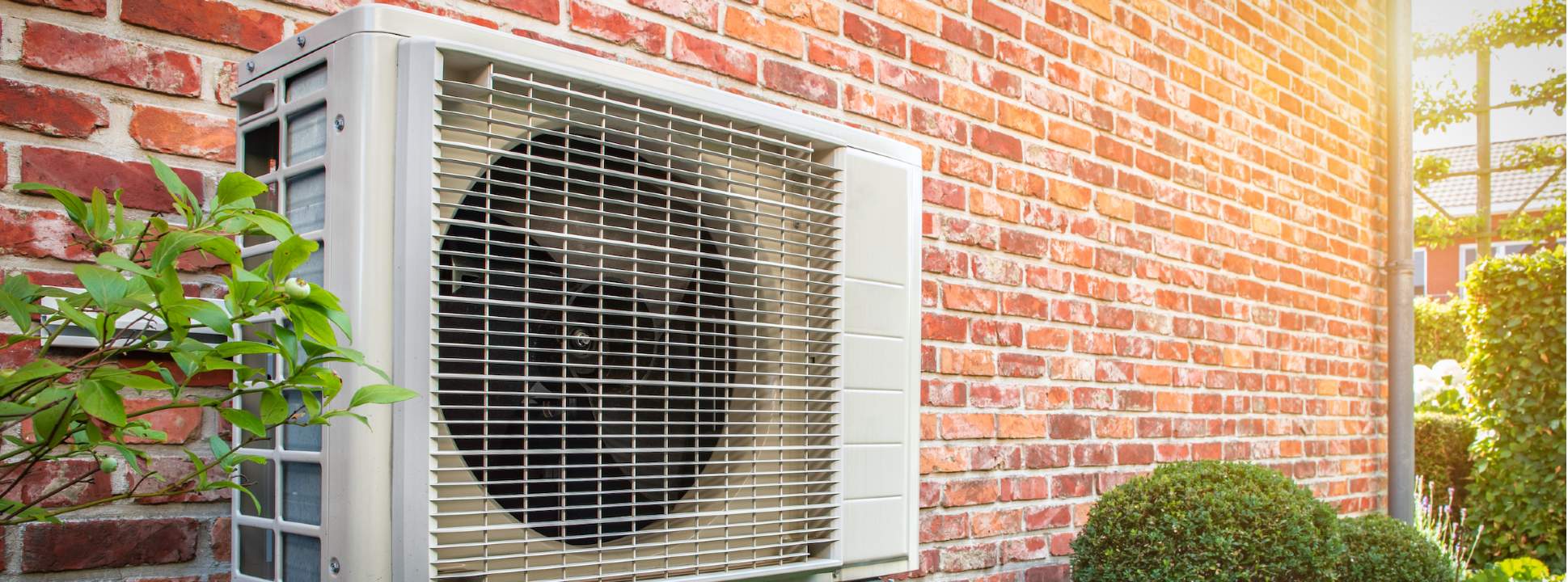New data by the European Heat Pump Association (EHPA) has shown that the UK installed the lowest number of heat pumps per household across Europe in 2021. While the UK Government has offered incentives and subsidiaries to reduce the cost of heat pumps, at the current rate of installation it could take more than 600 years to reach the Climate Change Committee’s scenario for meeting net zero of 27.2 million homes having a heat pump by 2050.
Just 1.48 heat pumps were installed per 1,000 households in the UK in 2021. Norway, with 49.77 installations per 1,000 households, topped the rankings according to the EHPA. The current UK rate is far below the 15.3 installations per 1,000 households that the independent Climate Change Committee said will be needed to reach the country’s 2050 net-zero goal. A total of 42,779 heat pumps were installed in the UK last year. The Government has an installation target of 600,000 every year by 2028.
In 2020, in a bid to tackle climate change, the UK Government announced that gas boilers will be banned in all new homes by 2025. The Scottish Government has gone one step further proposing that there will be no new gas in new homes by April 2024. UK electricity carbon intensity is falling and is targeting complete decarbonisation by 2035, hence the drive to switch heating from fossil fuels to electricity.
One of the reasons, among several, for the low uptake in heat pumps is the fact that the UK (at the time of writing) has some of the highest electricity prices in Europe, and some of the lowest for gas, making it hard to get the numbers to work where customers are looking to replace an existing gas system. If electricity is three times the cost of gas then the heat pump needs to have an efficiency close to 250 to 300 per cent to be cost comparative with a gas system.
Regardless of the Government grant, heat pumps aren’t cheap. The Energy Saving Trust estimates that a typical air source heat pump installation costs around £6,000 to £8,000 and a ground source heat pump installation can cost between £10,000 and £18,000.
Not only are the pumps expensive, but there is a lack of skilled engineers available to install and manage them. Recent figures by Nesta estimate that there are currently only 3,000 trained heat pump engineers in the UK, but at least 27,000 will be needed in the next six years.
Despite these challenges, heat pumps have some significant advantages. They are more efficient than other forms of electric heating, they have no onsite emissions and can provide cooling in addition to heating. Ground source heat pumps have greater efficiencies than air source heat pumps and, despite being high in cost, have a lower power demand, which can mitigate expensive grid reinforcement costs and should be factored into any decision making process.
The UK’s heat pump target is well meant in the ambition for the UK to get to net zero, but in isolation it will struggle to get traction. Careful analysis of all technologies should be undertaken, not just heat pumps in isolation. Most importantly a fabric first approach should be taken where occupiers seek to reduce their heating demand prior to installing a new heating system, when other less intrusive and less expensive technologies, such as infrared heating, could also be considered.


-be-a-significant-emerging-asset-class-in-europe(1).jpg)
.jpg)
.jpg)
.jpg)




.jpg)